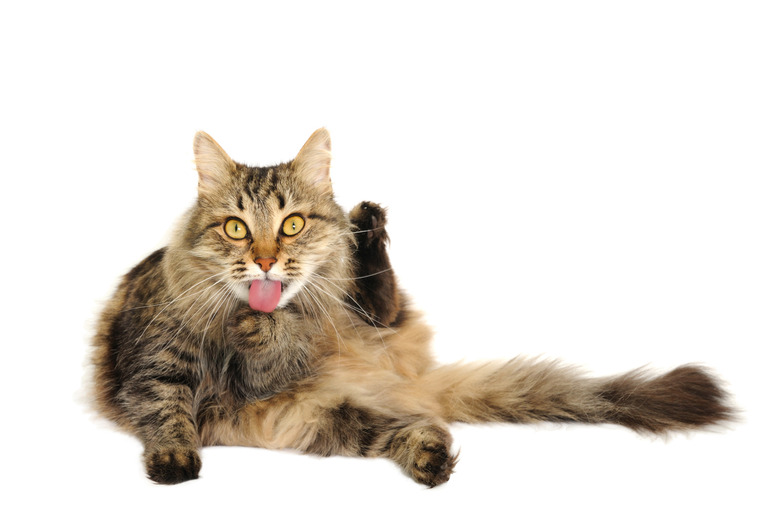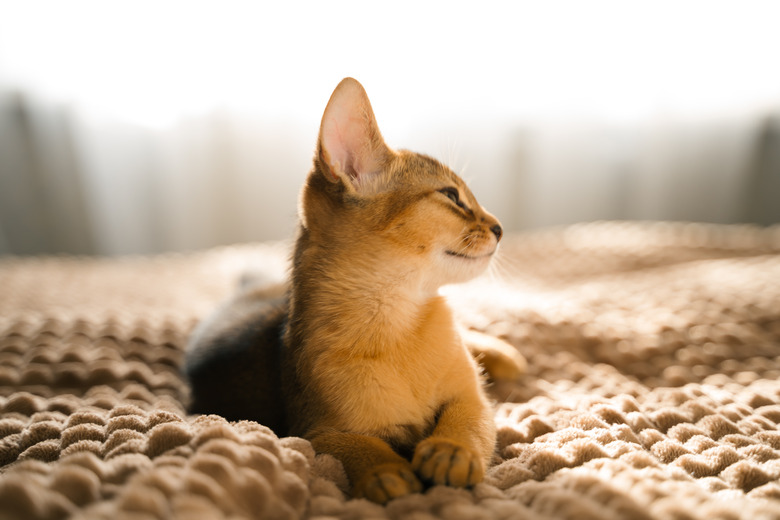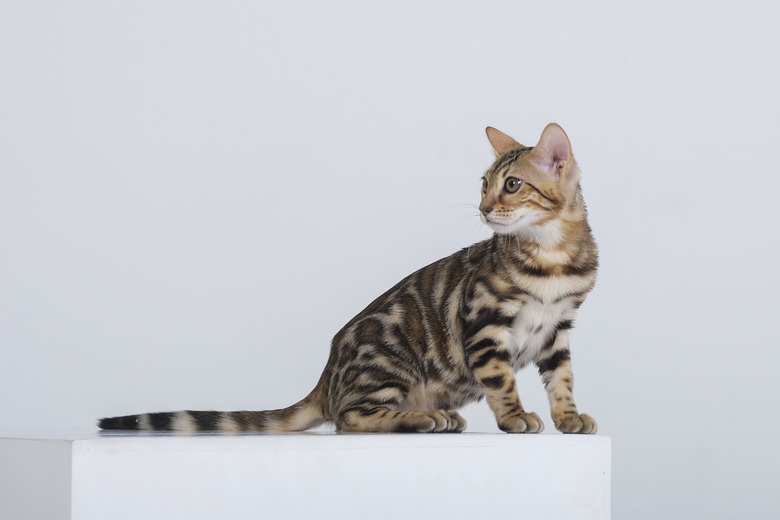Symptoms Of Hemorrhoids In Cats
Cats cannot get hemorrhoids the way humans do. Cats do, however, experience various types of anal issues and related medical conditions that can be painful, including infections that will require a visit to the veterinarian. While cats are unable to explain their pain or discomfort in words, their actions and behaviors may provide clues that something is wrong. Cat owners who are watching carefully may pick up on some unusual behaviors related to anal itching or defecation or behavioral changes that suggest the cat is uncomfortable or in pain.
Feline conditions similar to hemorrhoids
Feline conditions similar to hemorrhoids
A variety of conditions in cats can produce symptoms similar to the burning, itching discomfort associated with human hemorrhoids. These conditions include proctitis; rectal prolapse; and anal sac infection, impaction, or abscess. The symptoms and behaviors a cat may display are similar for each of these conditions, and all require a physical examination from a veterinarian to determine the underlying cause.
Signs to watch for in cats
Signs to watch for in cats
Proctitis (which is an inflammation of the lining of the rectum), rectal prolapse, infected anal sacs, intestinal parasites (a common cause of rectal prolapse in cats under 4 months of age), megacolon (the most common cause of chronic constipation in cats), and rectal polyps (less common and usually benign) can all cause irritation and discomfort to a cat's anal area.
Cats may scoot their butt across the floor in an attempt to itch the area. Passing a bowel movement may become painful, and a cat owner may notice the cat straining to poop or even making a crying noise. The cat may groom more than usual, giving special attention to the anus and base of the tail.
Symptoms of rectal prolapse in cats
Symptoms of rectal prolapse in cats
With a rectal prolapse, tissue, including the lining of the rectum, pushes through the anal opening. A cat may also suffer from a partial prolapse, in which the mucous membrane lining of the rectum (the last part of the intestines) protrudes out of the anal opening. In the case of complete rectal prolapse, all layers of the rectum protrude. Before this occurs, the cat will likely show signs of straining with bowel movements. Other behavioral issues related to pain and discomfort may be evident. If tissue is protruding from the rectal area, it's important to seek veterinary care immediately.
Anal sac conditions and symptoms in cats
Anal sac conditions and symptoms in cats
The anal sacs, commonly referred to as the anal glands, are two small scent glands located near the opening of the cat's anus. When a cat passes a bowel movement, pressure on these sacs releases a fluid that helps cats to mark their territory. Unfortunately, these sacs can become blocked and can cause fluid to build up, leading to infection.
Besides the basic symptoms of scooting and excessive grooming, signs of anal sac infection or abscess include swelling or redness in the rectal area and blood or pus in the cat's feces or in the hair around the rectum. Cat owners should keep an eye on their cat's litter box, as bloody or irregular cat poop can signify a health problem. If an abscess develops, the cat may experience a fever. If the cat experiences any of these symptoms, a visit to the veterinarian is necessary.
The bottom line
The bottom line
There are several feline conditions affecting the anus that can create pain and discomfort in cats. Straining to poop, showing blood or pus in the stool, scooting along the floor, licking repeatedly at the anal area, or crying in pain are all indicators of a problem that should be seen by a veterinarian. If tissue is protruding from the rectal area, this is a sign of a more serious problem, and the owner should seek veterinary care for the cat immediately.


